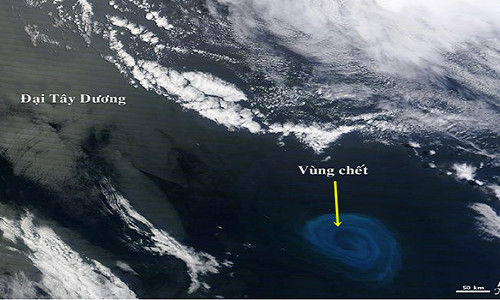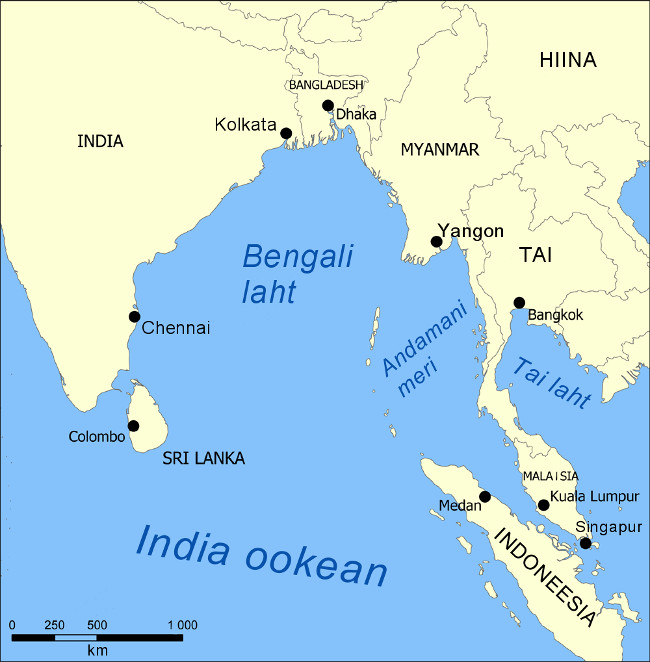Huge dead sea near Southeast Asia
An enigmatic, lifeless and mysterious sea of dead is discovered in the Indian Ocean, northwest Australia.
Scientists at the Max Planck Research Institute in Germany discovered a giant "dead zone" of about 60,000 square kilometers in the Bay of Bengal in the Indian Ocean, located near Southeast Asia. This sea is from 100m to 400m deep. The results of the study are published in the journal Nature Geoscience on December 5.

An ocean off the coast of Africa has the same oxygen deprivation as in the Bay of Bengal.(Photo: Supplied).
According to News.com.au, the dead sea has appeared off the coasts of North America and South America, western Africa and the Arabian Sea, but this is the first time people have found it near Southeast Asia. .
Dead sea areas are often closely related to the lack of oxygen in the water and the bacteria remove vital nitrogen and nutrients necessary for life, out of the water.
In the case of the Bay of Bengal, scientists did not detect the disappearance of nitrogen. Instead, they found traces of oxygen at concentrations lower than air saturated surface water about 10,000 times. This oxygen content is too small to support growth and prevent nitrogen-consuming bacteria.
"In the Bay of Bengal, bacteria are in a ready state to remove more nitrogen than they do today. But too little oxygen in the water prevents them from doing so," said Laura Bristow, lead author of the study. know.

Dead sea lies in the Bay of Bengal, near Southeast Asia.(Graphic: Nature).
Once the final oxygen content in the water disappears, the Bay of Bengal will become a giant area of nitrogen removal from the ocean. This can seriously affect the balance of nutrition in the sea and threaten the life of marine species in the area.
"We need more models to elucidate the effects of humans on the nitrogen cycle in the Bay of Bengal and globally , " Bristow said.
- Floods, droughts will attack Southeast Asia more rapidly
- Southeast Asia is in danger of becoming a world outbreak
- Southeast Asia has a high rate of arsenic poisoning in the country
- Typhoon attacks on Southeast Asia are getting stronger
- Southeast Asia is vulnerable to hackers
- Southeast Asia should learn Chinese technology strategy
- Discovered 160 new species in Southeast Asia
- Japan supports Southeast Asian countries against flood and storm
- Southeast Asia - 'hot spot' extinct
- Southeast Asia will be the region most heavily affected by climate change
- Announcing a map of climate change impacts in Southeast Asia
- Ecosystems of Southeast Asian countries viewed from satellites
 Is the magnetic North Pole shift dangerous to humanity?
Is the magnetic North Pole shift dangerous to humanity? Washington legalizes the recycling of human bodies into fertilizer
Washington legalizes the recycling of human bodies into fertilizer Lightning stone - the mysterious guest
Lightning stone - the mysterious guest Stunned by the mysterious sunset, strange appearance
Stunned by the mysterious sunset, strange appearance